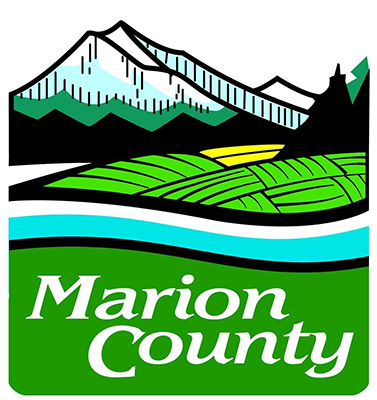Reporter for The Canyon Weekly
The city of Gates is prepared for another run at grant funding for a solar panel upgrade to its sewer plant after an application submitted over the summer was not awarded.
During the Dec. 15 meeting of the Gates City Council, Councilor Brian Gander said the application for $9,125 for project planning to Oregon Department of Energy (ODE) Community Renewable Energy Program was not awarded during the first funding cycle.
The program has $50 million in COVID-19 relief funds set aside for projects that create “resilience” in a community’s renewable energy infrastructure.
Awardees for the first round received a total of $12 million, including $1 million to the City of Salem to develop its solar infrastructure, as well as numerous entities in Southern and Eastern Oregon where solar energy is more plentiful.
Among local applications not awarded were two separate requests by the City of Silverton totaling $293,500
A second funding cycle is under way, with finalists expected to be chosen in April. Gander, who also serves as Gates’ sanitation commissioner, told The Canyon Weekly they are looking at lessons learned during the first round of funding.
“In reviewing the entities that received grants, nearly all applied for both planning and construction grants,” he said. “Our choice was to seek a planning grant. We are re-thinking that approach in the second round.”
Gander said the council discussed reaching out to a solar contractor for specific cost and scope estimates, and a breakdown of the different construction phases, to include with their next application.
The city’s goal is to install a solar array at the sewer plant that would bring down electricity costs during normal operations, and increase resiliency during a disaster such as the ice storm that caused heavy damage to local power infrastructure during February of 2021. The city specifically plans to install two solar arrays on the ground and one on the roof, and backup batteries in the building, which could reduce the plant’s dependence on the electrical grid by 80 percent, said Gander.
The solar grid would integrate with a diesel generator, allowing for less demand on the generator during emergencies. This system would also allow the building to be used as a temporary headquarters for emergency management and city operations during a crisis.





